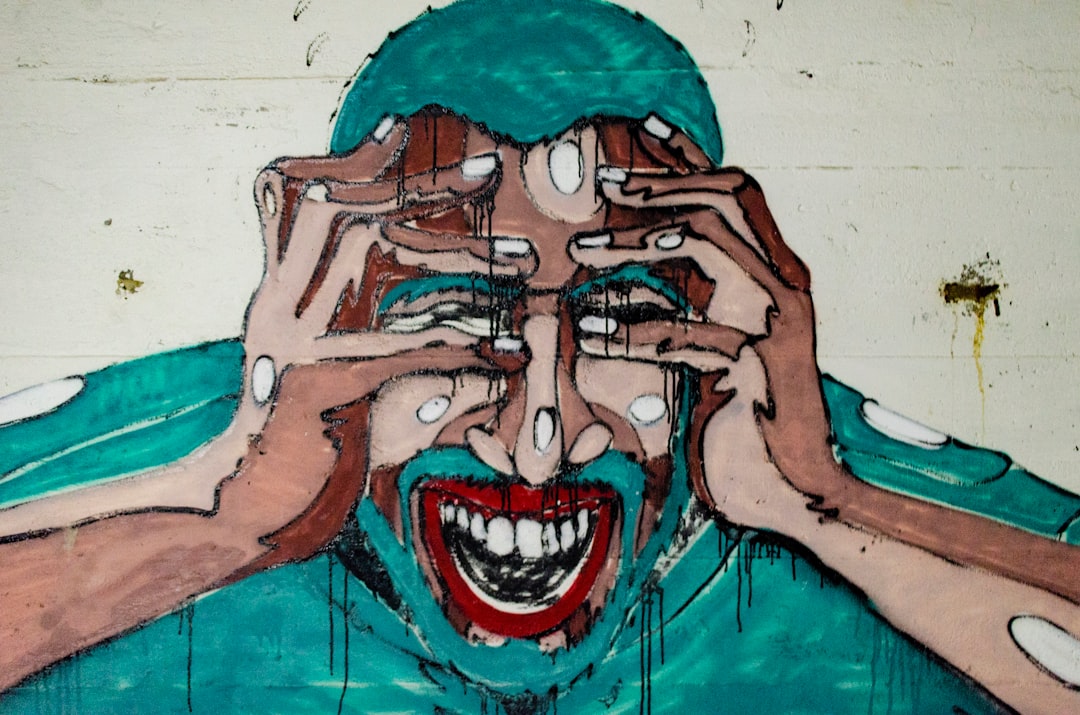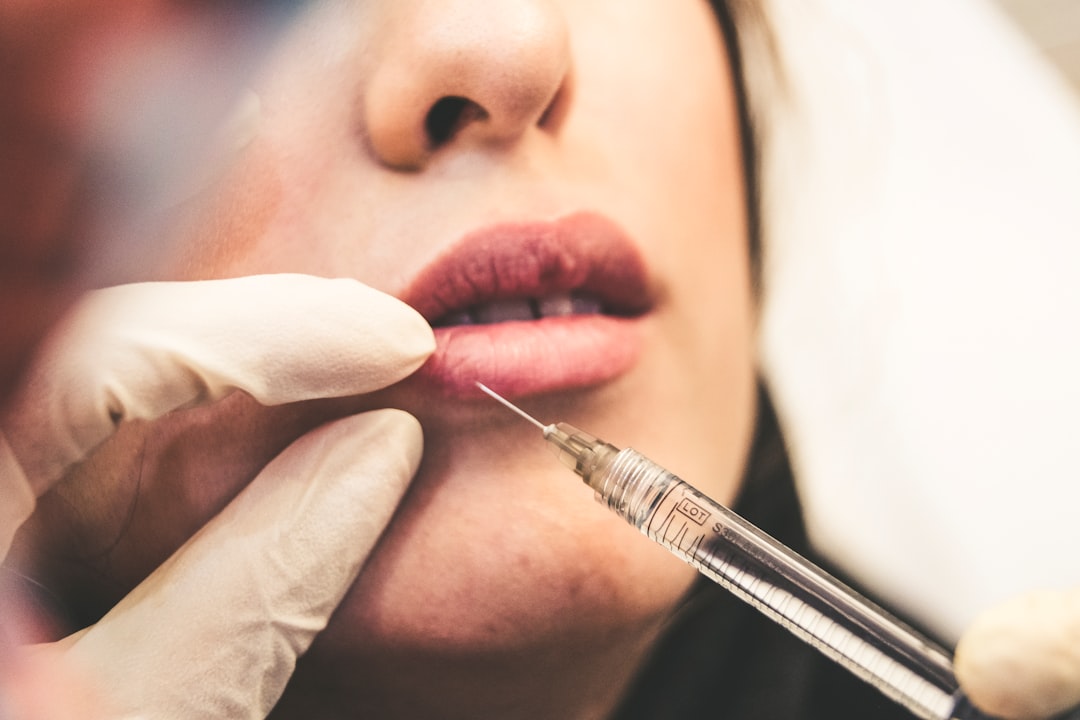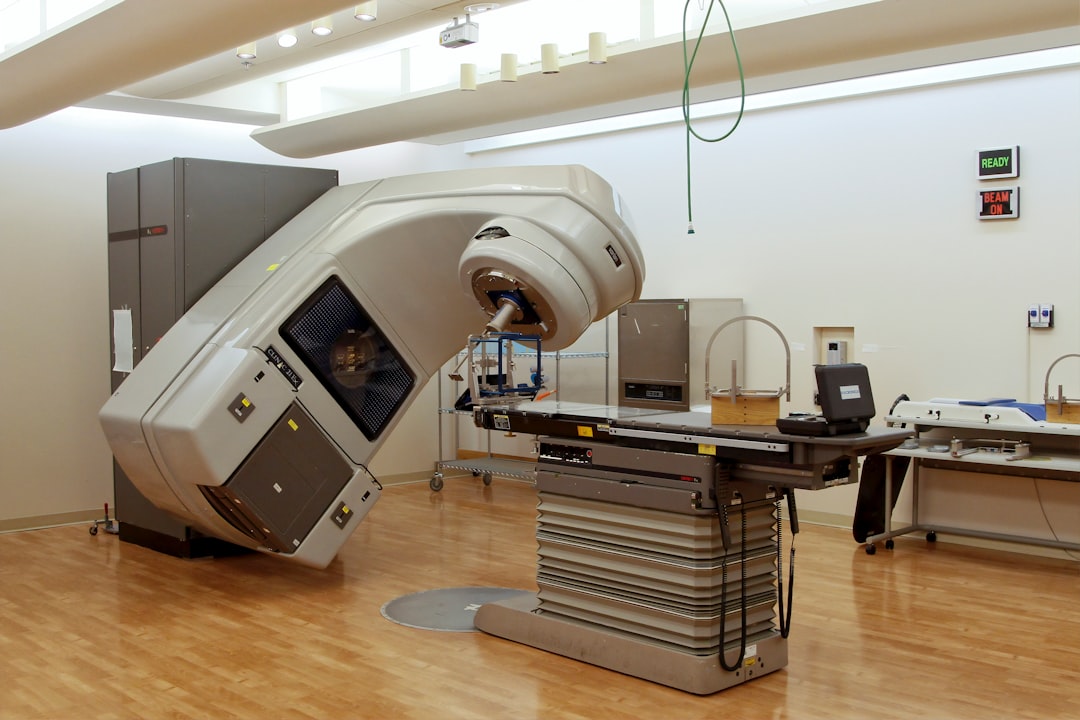What is it about?
Peri-implantitis is an increasing problem in implant dentistry (Mombelli et al., 2012). It is recognized by bleeding on probing with loss of supporting tissues (Lindhe et al., 2008; Lang et al., 2011). Although clinical and radiologic signs of periodontitis and peri-implantitis have many features in common, results from experimental studies indicate that significant histopathologic characteristics exist that may explain differences in disease onset and progression (Lindhe et al., 1992; Schou et al., 1993; Berglundh et al., 2011; Carcuac et al., 2013). In a review on periodontitis and peri-implantitis lesions, Berglundh et al. (2011) reported that there is comprehensive information on human periodontitis lesions, while few studies have examined peri-implantitis lesions prepared from human samples. Furthermore, analysis of human periimplantitis was made on a small number of samples and patients, and comparisons to periodontitis were exceptional. Animal models in this field provide access to the entire disease process, including soft and hard tissues. In an experimental study of dogs, Carcuac et al. (2013) reported that peri-implantitis lesions were considerably larger, extended closer to the crestal bone, and contained larger number of osteoclasts than periodontitis lesions. The aim of the present study was to perform a comprehensive analysis of cellular and functional characteristics of human peri-implantitis and periodontitis lesions.
Featured Image
Why is it important?
As the findings in experimental studies need to be validated in human protocols and a more comprehensive analysis of cellular and functional characteristics of the lesions is required, evaluations of human disease samples obtained from patient groups of sufficient size and with well-described clinical characteristics of diseased sites are needed.
Read the Original
This page is a summary of: Composition of Human Peri-implantitis and Periodontitis Lesions, Journal of Dental Research, September 2014, SAGE Publications,
DOI: 10.1177/0022034514551754.
You can read the full text:
Contributors
The following have contributed to this page










